Description
Here are some excellent reference books on insects, ranging from identification guides to more scientific works:
### 1. **”Insects: Their Natural History and Diversity” by Stephen A. Marshall**
– **Overview**: A comprehensive guide covering the diversity of insects, focusing on their natural history, behavior, and identification. The book features thousands of color photographs, helping readers identify insects in various regions.
– **Why It’s Great**: It provides a rich combination of scientific details and practical identification tips, perfect for entomology enthusiasts and researchers.
### 2. **”The Insect World” by Jean-Henri Fabre**
– **Overview**: This is a classic work that delves into the lives and behaviors of insects. Fabre’s detailed observations have fascinated naturalists for generations.
– **Why It’s Great**: It’s a timeless, engaging exploration of insects, with captivating storytelling mixed with natural history.
### 3. **”The Audubon Society Field Guide to North American Insects and Spiders” by Lorrie A. Smith and Barbara L. Ertter**
– **Overview**: This field guide is great for identifying insects and spiders in North America. It covers a wide variety of species with clear illustrations and descriptions.
– **Why It’s Great**: Its compact size and detailed illustrations make it a practical guide for field identification.
### 4. **”Insects: A Guide to Research” by George W. Bentz**
– **Overview**: This book focuses on the latest research in entomology, covering areas like insect physiology, behavior, and ecology. It’s more specialized and suitable for advanced readers or students in the field of entomology.
– **Why It’s Great**: It bridges the gap between field knowledge and scientific research, offering valuable insights into ongoing studies.
### 5. **”Peterson Field Guide to Insects of North America” by Steven L. H. L. R.**
– **Overview**: The Peterson Field Guide series is famous for its accuracy and ease of use. This insect edition covers various species across North America and includes clear pictures for identification.
– **Why It’s Great**: The field guide is accessible to all levels of entomologists and outdoor enthusiasts, offering a practical approach to insect identification.
### 6. **”The Book of Insects” by Steve Parker**
– **Overview**: This book provides a visually engaging look at insects, including their evolutionary history and detailed depictions of different species. It’s a great introduction for beginners.
– **Why It’s Great**: Its rich illustrations and accessible language make it an excellent choice for younger readers or those new to entomology.
### 7. **”Insectopedia” by Hugh Raffles**
– **Overview**: Raffles takes an unconventional approach by examining the role of insects in culture, science, and society. This book blends anthropology with natural history.
– **Why It’s Great**: If you’re interested in how insects shape human life and culture, this book offers a unique, interdisciplinary perspective.
### 8. **”The Insects: An Outline of Entomology” by P.J. Gullan and P.S. Cranston**
– **Overview**: This is a thorough and scientific guide to entomology, covering both basic and advanced topics. The book includes a variety of illustrations and is widely used in academic settings.
– **Why It’s Great**: Ideal for students or professionals in entomology, it is comprehensive and scholarly.
### 9. **”National Geographic Field Guide to the Insects of North America” by Douglas C. Ferguson**
– **Overview**: This guide is a part of National Geographic’s field guide series. It offers detailed descriptions of North American insects, with fantastic photography and clear, concise text.
– **Why It’s Great**: The quality of the illustrations and the field-oriented approach make it a highly practical tool for amateur entomologists.
### 10. **”Insects and Arachnids of Tropical America” by Terry L. Erwin**
– **Overview**: This book focuses on the incredible diversity of insects in tropical ecosystems, with a special emphasis on Central and South America.
– **Why It’s Great**: A must-have for those specifically interested in the rich biodiversity of tropical regions.
### Bonus: **Online Resources**
– Websites like BugGuide.net and Inaturalist can also serve as interactive and constantly updated resources for identifying insects.
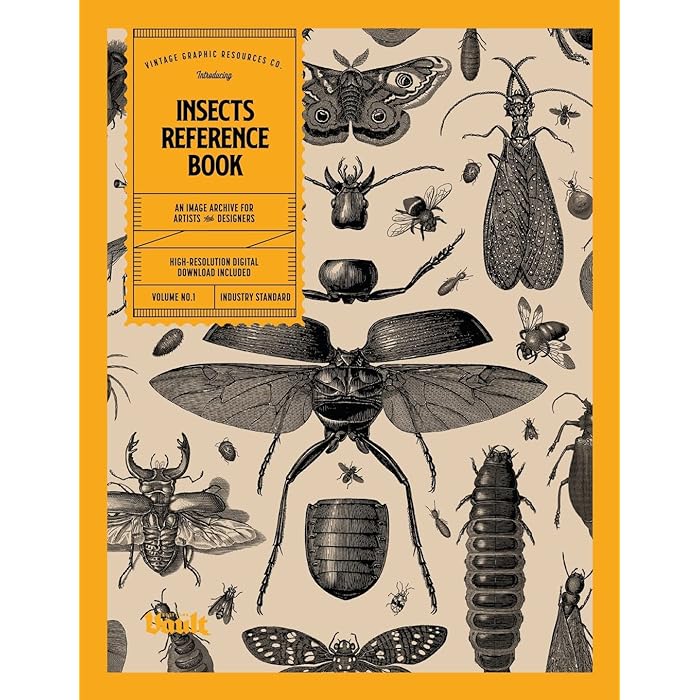
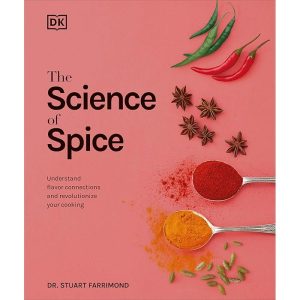
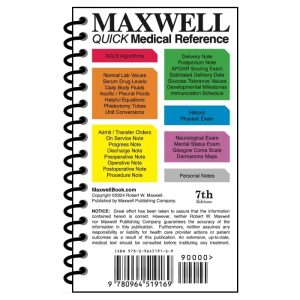
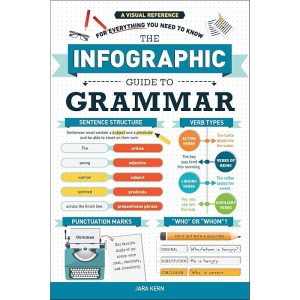
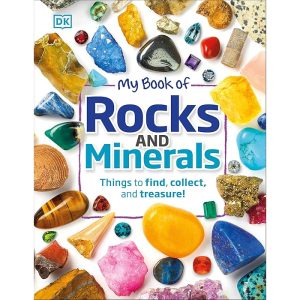
Reviews
There are no reviews yet.